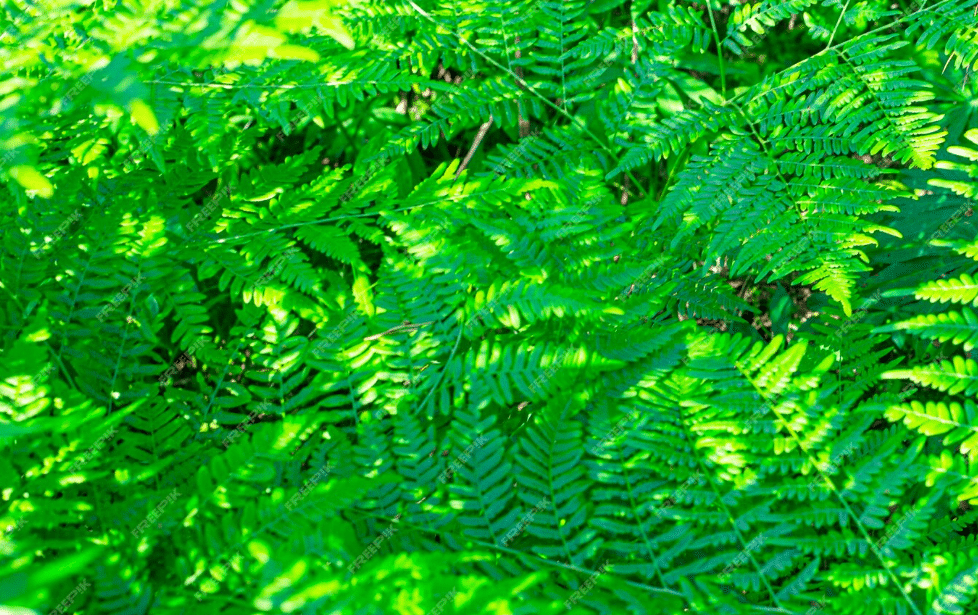
Alternative forage for livestock is now easier to obtain. Because many plants have a high protein content which functions for the growth and development of livestock, especially ruminants. One alternative forage is Subabul fodder. Then what feed is it? What shape? So how do you give it to livestock? let’s see the full explanation.
contents
Description of Subabul
The Subabul plant is better known as Lamtoro. The Latin name Leucaena leucocephala, and is a leguminous plant. The leaves and seeds of this Lamtoro contain a lot of nitrogen. That is one reason why this plant is used as animal feed. This tree can grow to a height of 20 meters. But mostly, they grow between 2-10 meters.
This plant originating from Mexico is not only used as animal feed. It also functions as an erosion preventer, as raw material for making paper, into firewood, as fertilizer, roadside plants, and others. In addition, this plant also plays a role in increasing soil fertility.
Subabul or Lamtoro can grow well in areas with rainfall between 650-3000 mm. However, this plant still tolerates dry climate areas, namely areas that only have about 300 mm of rainfall. The use of Lamtoro trees as animal feed is very supportive of environmentally friendly campaigns. Why is that? Because this plant can reduce the production of methane gas in the rumen.
Nutritional Content in Subabul Fodder
The leaves and seed pods of this plant have different protein content. The leaves, it has a crude protein content of 34.4%. Meanwhile, the stem has a crude protein content of 31%. Mimosine levels in the two sections were also different. If the leaves have Mimosine levels of 7.19%, while the stems have Mimosine levels of 12.13% of the total crude protein content.
The leaves of this plant have a higher crude protein content than the stems. This is a mature consideration for making Lamtoro leaves as animal feed. the nutritional value of the feed consumed will be digested properly by 55-70%. This animal feed ingredient has a quality that is not inferior to other feed ingredients, such as leaves of Turi (sesbania), Gamal (Gliricidia), and calliandra.
Other ingredients in this Subabul are protein, minerals, amino acids, and tannins. Of its low tannin content, it will have a good effect on the animal’s body. Because it can keep the overhaul of protein in the rumen. This causes the amount of protein absorbed by the body to increase.
The addition of Lamtoro leaves as a supplement to other feed ingredients such as dry grass will increase the digestibility of low-quality feed. This is because the Lamtoro can meet the needs of microbes in the rumen, of course, to live and be active in the livestock rumen.
In the Lamtoro plant, there is a compound called Mimosine. Mimosine is a non-protein complex amino acid and has a compound structurally similar to tyrosine. The Mimosine content is affected by season, plant age, and plant part.
The Mimosine content in Lamtoro or Subabul leaves can cause poisoning if not processed properly. Poisoning experienced by livestock can be acute and chronic. To avoid this, pay attention to the correct processing. Ways to reduce Mimosine levels include heating and immersion in hot water.
Subabul Food Crops
Subabul fodder crops can be given to livestock as the main feed with a percentage of 100%. Or it could be used as an additional feed with the provisions of 60% grass and 40% Lamtoro. You can add a little feed from other energy sources such as bran, corn, and tubers as much as 0.2-0.3% of the livestock weight.
Why is this plant recommended as animal feed? because it is easy to obtain all year round, has tannin content which functions to prevent bloating in livestock, has high palatability, and is resistant to fleas and dry seasons.
On the other hand, the tannin content in Subabul plants can reduce palatability levels or decrease the animal’s preference for food. To avoid this, you can mix grass and straw in this feed for your livestock.
Subabul Planting Process
The Subabul planting process consists of three stages, namely seeding, planting, and harvesting. Lamtoro plant seeds can be prepared in pots for about two months. When the seedlings have reached a height of 75-100 cm, the seedlings can be moved to a large soil medium as a place for growth and development. This Lamtoro plant can be harvested when it enters the second season after the planting process.
Giving Lamtoro feed with 70-100% Lamtoro content will increase the weight of livestock within 4 to 12 months. At that time, the increase in livestock weight was 0.4-0.6 kg per day. Thus, farmers will get fattening cattle weighing more than 250 kg at a young age.
The quality of livestock meat is determined by the rearing process, the age of the slaughter, and the handling of the meat after slaughter. Livestock meat with Lamtoro feed will produce good quality. Because it has a low content of saturated fatty acids. In addition, the meat contains linoleic acid, the meat is tender and soft, and juicy and fresh. Not infrequently such meat has the title of premium meat on the market.
That is a detailed explanation regarding Subabul fodder. For those of you who want to switch to animal feed, learn more about the process of making this feed. Make no mistake, because the content of Mimosine and tannins can turn into poison for your livestock.
